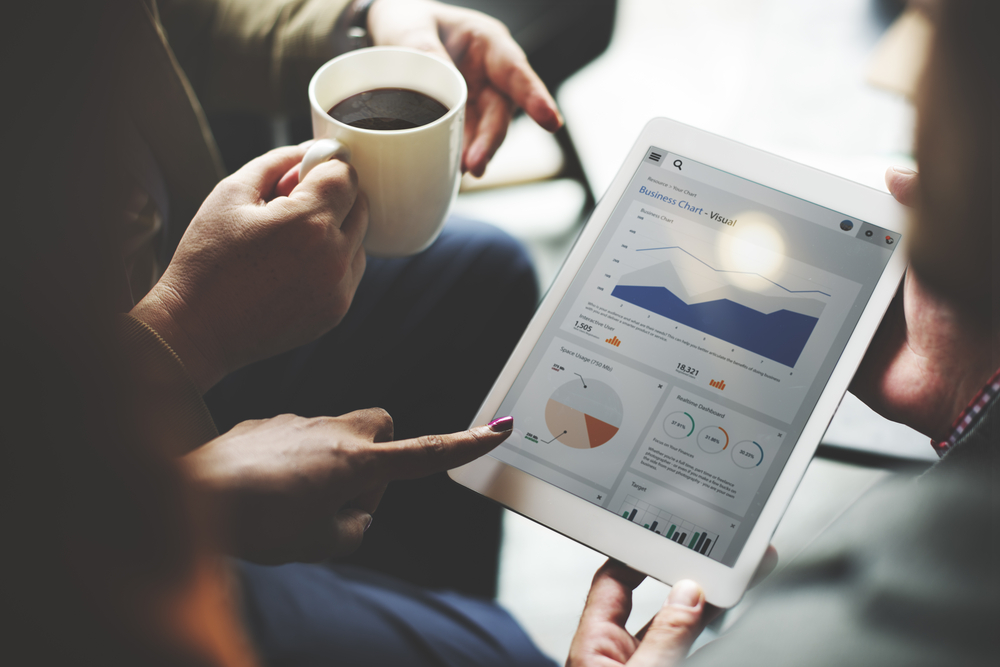
Rethink Data Tracking
uWhat is a wall board, and why did we buy four?
Tracking our progress and data has always been a must, but over the years our tracking has evolved. One of the biggest additions to our new office are four digital data boards taking up its own wall, that are powered by the tool, Geckoboard. Gecko plugs into our Basecamp and we then build modules to display what we want to see. The wall boards give us a birds eye view of App Camps, design and development on projects, sales, and marketing. These four things start and end our day.
Wall boards can be used to track all kinds of data by a variety of business types. For instance, companies can use data to retain active users, to get a hold on extreme growth, to strengthen client relationships, use data to focus on the entire customer funnel to track users’ behavior from start to finish, to focus on impact, to be agile, or simply to track their progress.
We used to let Project Managers oversee projects their own way, but this method made it difficult to keep track of progress. By developing this new way of tracking each aspect of our company, and each project has helped us tighten up our process. Now each project is tracked and managed using the same approach. The wall boards taught us that it is difficult to track everything across the board if it is done differently. It was a simple case of trial and error.
Now that we are tracking apps in development and multiple projects on a big screen, it has become our nerdy passion. It’s clear that using data, tracking it carefully, and displaying it openly, can be a huge contributor towards determining our performance and success.
As a company, we are tracking sales, marketing, App Camps, and current projects. We primarily use the project data board to help our Project Managers, design team, and developers to maximize their use of the project tracking system. For projects, we track what we are working on now, what we’re committed to working on, and if we’re running on schedule.
The board shows apps that are currently in progress and displays the process. The data shown is more about the progress than the details. Data is extracted from Basecamp, which we use to list to-do’s, post documents and files, and create a centralized schedule. The project board puts it into perspective and lets us see a batch of projects all at once.
What’s great about this system is the fact that we can track our progress and what needs to be done to finish on time. As we track current sprints, we plan to do specific items during those sprints. During our planning stages, we groom the backlog and plan what tasks are to be done during specific stages of the project. Each task has a deadline and if an assignment wasn’t marked as completed than it is flagged as late. When these late to-do’s add up, we can then see if we are on track to finishing on time. This gives us a real velocity to whether or not we are going to finish when we set out to complete the project
The wall boards have kicked our productivity into gear. They have brought our most important performance metrics to the surface to be easily accessed each day by our team. We can only thrive and grow from here.




No Comments